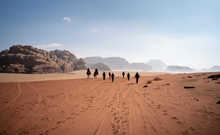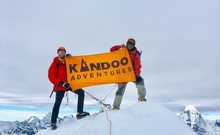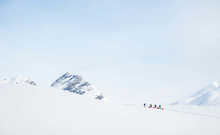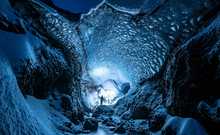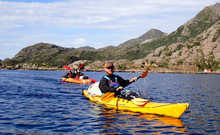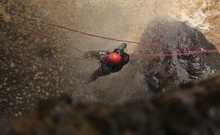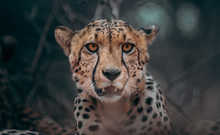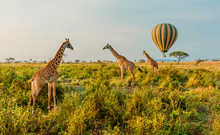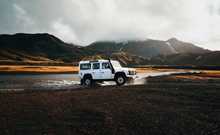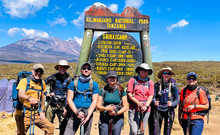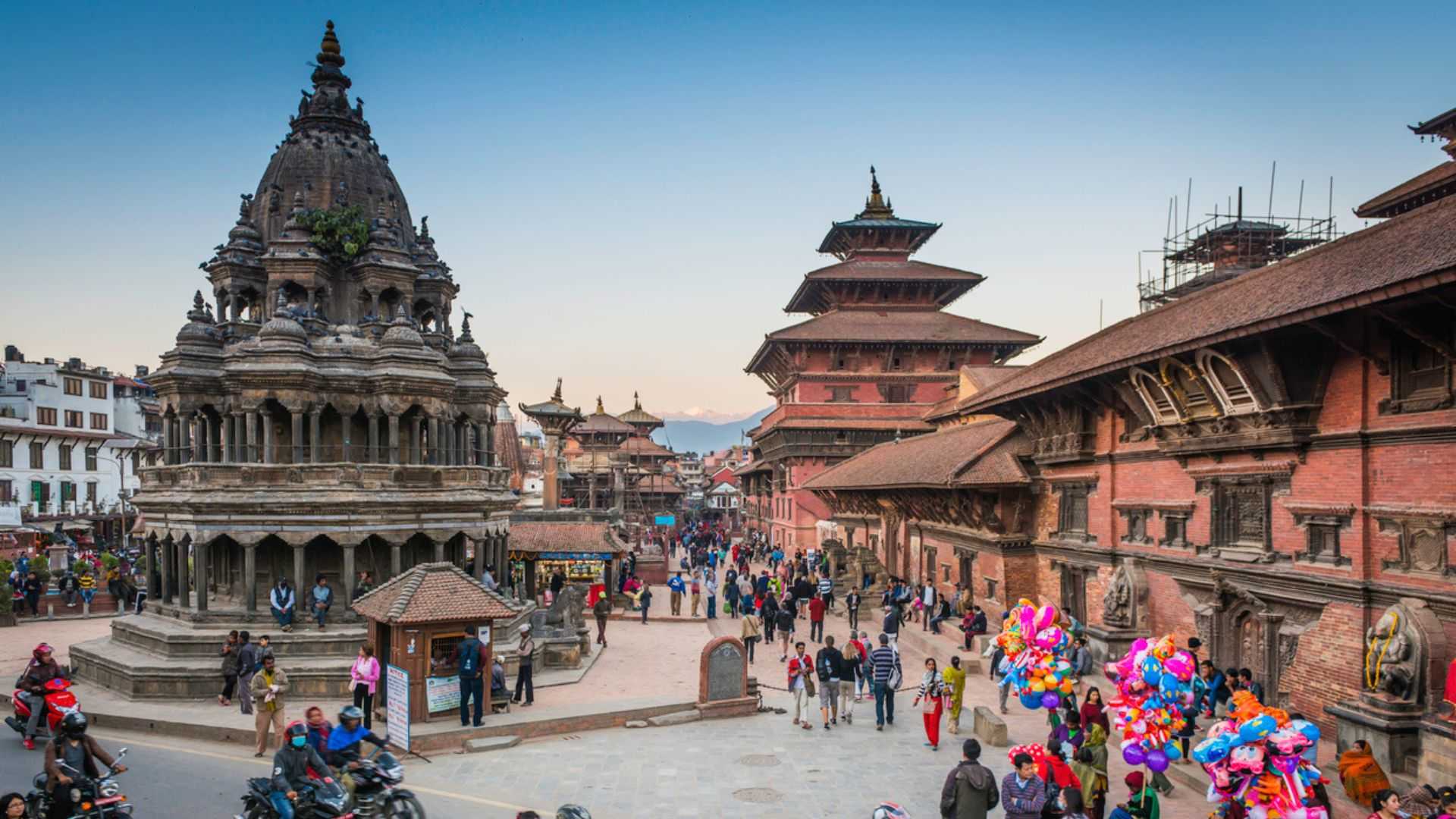Exploring Kathmandu city: What you shouldn’t miss
Kathmandu is the buzzing capital of Nepal. It’s a city rich in history, alive with culture, and full of hidden corners to explore before (or after) your trek.
The real challenge is knowing where to start. With so many hotspots to choose from, how do you make the most of your time here?
The good news is that you’ve come to the right place to narrow down your options. This city guide breaks down the essentials – where to go, what to do, and how to prepare – so you can experience the best of Kathmandu.
Key takeaways
- Kathmandu is a mix of cultural treasures, lively neighborhoods, and great food – it’s worth spending at least a couple of days here.
- Don’t miss UNESCO World Heritage sites like Durbar Square, Swayambhunath (the Monkey Temple Kathmandu), and Boudhanath Stupa.
- The Thamel District, Kathmandu is a hub for trekking gear, cafés, and nightlife.
- The city can be busy and overwhelming, so plan your time carefully and build in moments to relax.
- When you travel with Kandoo, we collect you from the airport, incorporate time to explore Kathmandu (flights permitting!), take you on an awesome adventure, and bring you back to the airport. If you want extra time to explore Kathmandu and Nepal, let us know and we can help you plan your stay.
5 must-see places to visit in Kathmandu
Kathmandu is full of history, spirituality, and everyday chaos – and that’s what makes it so exciting!
Here are some of the things to do in Kathmandu city that we think are worth adding to your itinerary:
1. Durbar Square: The historic heart of Kathmandu
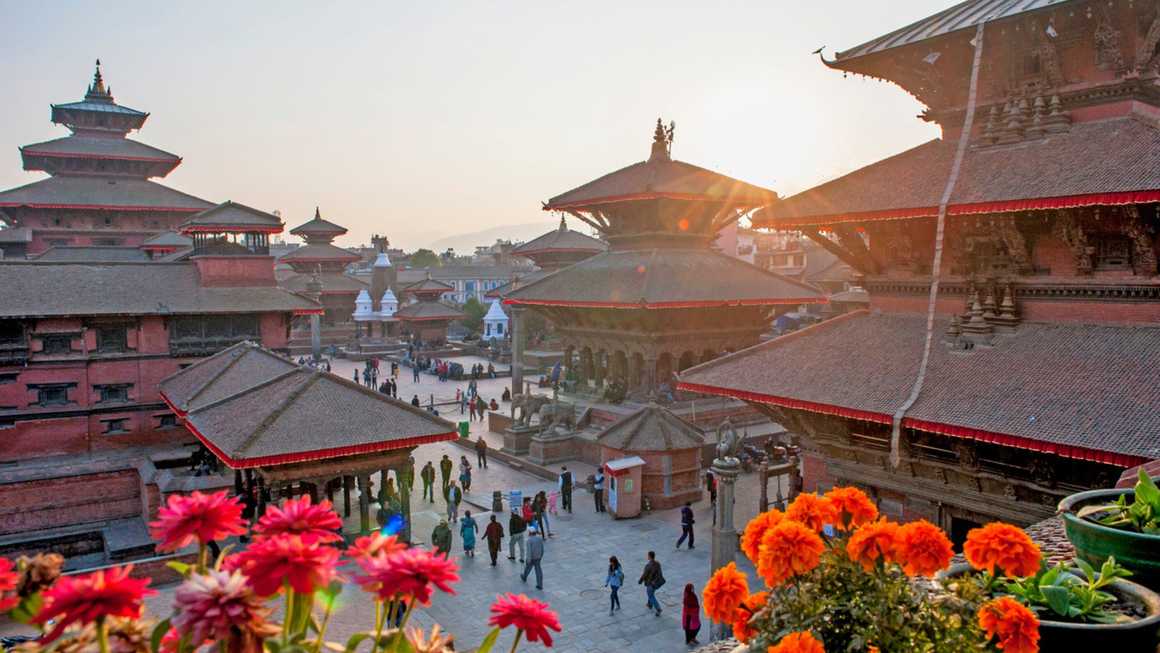
Why visit: Experience the history of Kathmandu alongside the hustle and bustle of modern daily life.
Durbar Square is top of our list of things to see in Kathmandu. The area is home to the ancient Malla and Shah kings’ palaces and temples, where coronation rituals, royal audiences, and major religious ceremonies once took place.
You can walk through open courtyards, admire intricately carved wooden windows, and study traditional Newari architecture.
Newari architecture is the signature style of the Kathmandu Valley, known for its ornate brickwork, tiered temples, and beautifully detailed wood carvings.
The square is also a lively gathering place for locals as they perform daily rituals, sell flowers, and go about their routines. It’s a great way to see the historical side of the city alongside the modern daily life of Nepalese culture.
Highlight: Head to the Hanuman Dhoka Palace Museum to learn more about the royal history of Kathmandu. The museum displays royal artefacts and offers insight into Nepal’s monarchical history.
Interesting fact: Many of Durbar Square’s temples were built entirely without nails! The intricate wooden joints and beams were fitted together using traditional craftsmanship passed down for centuries.
2. Swayambhunath: Home to Kathmandu’s famous resident monkeys
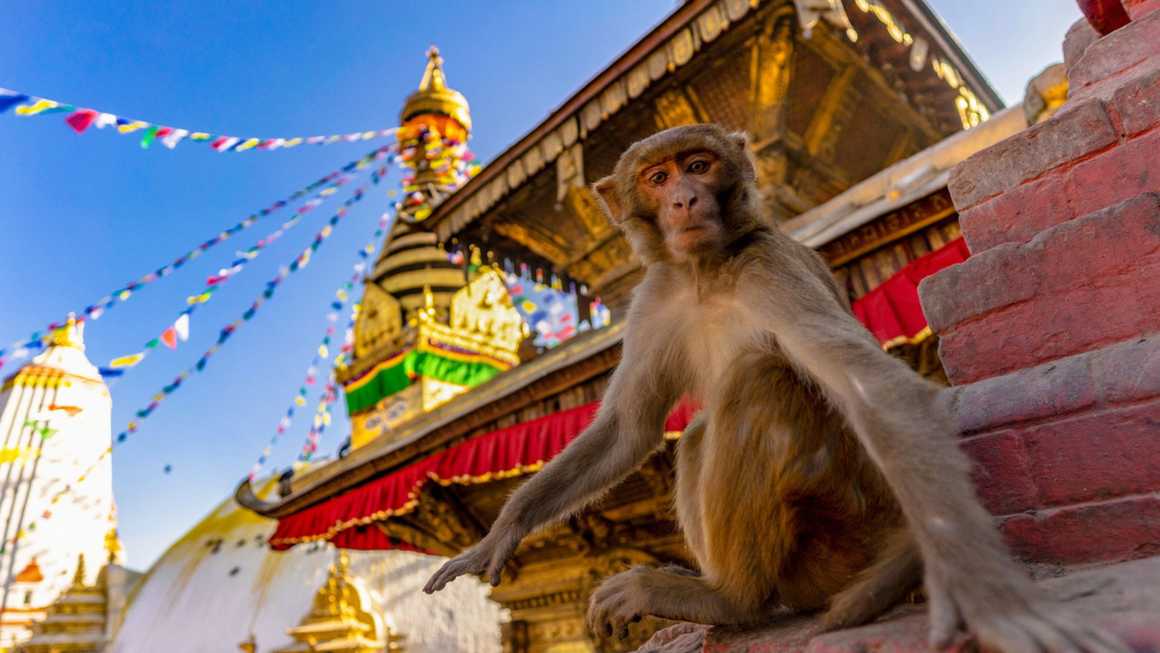
Why visit: See a hilltop stupa (a dome shaped Buddhist shrine) with sweeping valley views – and Kathmandu’s most famous resident monkeys!
Swayambhunath (Monkey Temple) is an ancient hilltop stupa in Kathmandu, known as one of Nepal’s holiest Buddhist sites.
Climb the 365 stone steps lined with prayer wheels and watchful monkeys to reach Swayambhunath. The ascent gives intermittent views of the city before the full panorama opens at the summit. On clear days, you can see the mighty Himalayas in the distance.
The monkeys also provide entertainment along the way, but they’re known to misbehave. Consider this a gentle reminder to watch your belongings!
Highlight: Head up to the Swayambhunath in the early morning or at dusk for the most memorable light and ambience.
Interesting fact: According to legend, the hill where Swayambhunath stands rose spontaneously from a sacred lake that once filled the Kathmandu Valley. The name ‘Swayambhu’ means ‘self-created’.
3. Boudhanath Stupa: An iconic Buddhist monument in Kathmandu
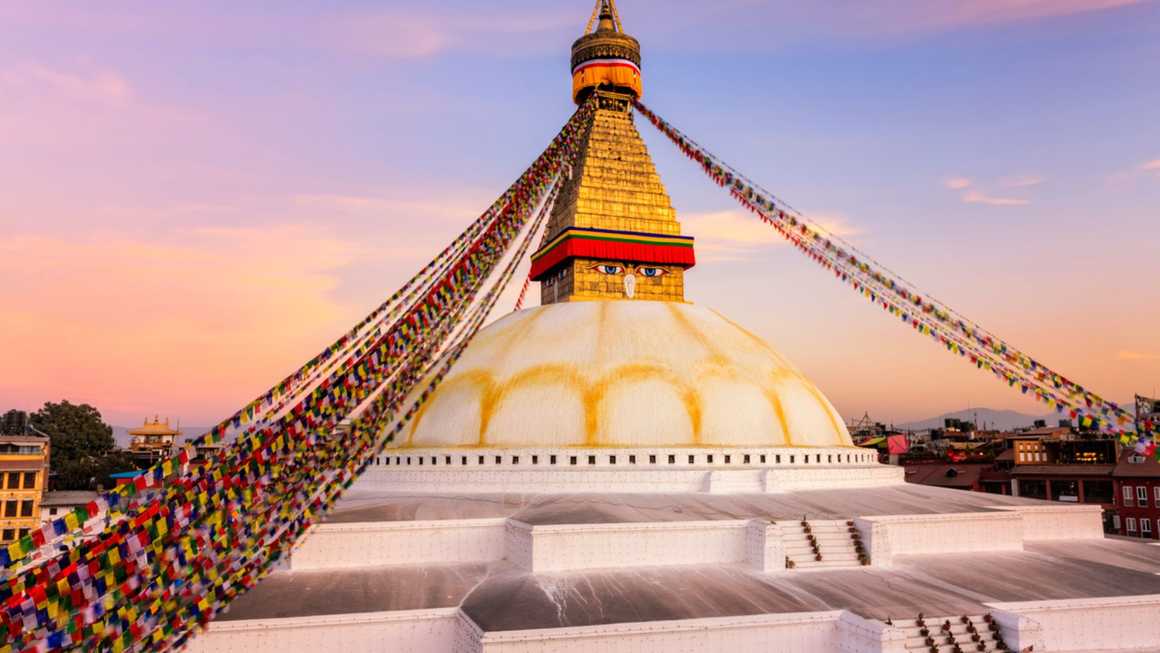
Why visit: Visit one of the world’s largest stupas and the spiritual heart of Tibetan Buddhism in Nepal.
The Boudhanath Stupa is one of Nepal’s largest and most important Buddhist monuments, located on the outskirts of Kathmandu. The massive white dome rises above surrounding streets, topped with a golden spire and the all-seeing eyes of the Buddha.
Monasteries, shops, and rooftop cafés surround the stupa, giving visitors different vantage points. Watching the sun set as butter lamps glow across the plaza creates a magical and meditative experience.
Tibetan refugees brought their culture to this area, filling it with traditional crafts, thangka paintings, incense, prayer beads, and thangka paintings (traditional Tibetan Buddhist artworks usually painted or embroidered on cloth).
Spending time here gives visitors both spiritual insight and an understanding of Kathmandu’s Tibetan heritage.
Highlight: Visit the upper level of the plinth to experience a raised viewpoint over the tide of pilgrims moving through the stupa. The plinth is open from 5am to 6pm (till 7pm in summer).
Interesting fact: The Boudhanath Stupa is believed to enshrine the sacred relics of Kassapa Buddha, an ancient Buddha who preceded Gautama Buddha.
4. Pashupati Temple in Kathmandu: One of Nepal’s most sacred Hindu temples
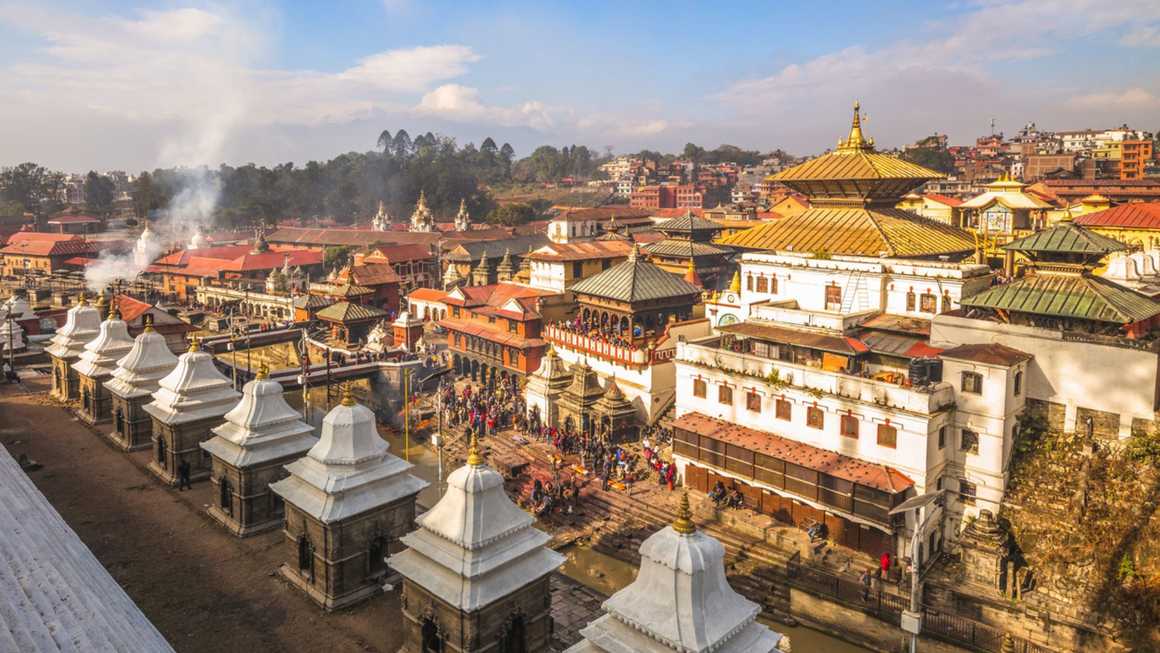
Why visit: Get a rare glimpse into centuries-old Hindu traditions and rituals that continue to shape daily life.
Pashupatinath Temple is Nepal’s most revered Hindu site and one of the holiest temples dedicated to Lord Shiva in the world. Recognised as a UNESCO World Heritage Site, it’s an impressive place of worship, culture, and daily ritual.
The temple sits along the Bagmati River and attracts thousands of pilgrims – especially during festivals like Maha Shivaratri, a major Hindu festival in honour of Lord Shiva.
The golden-roofed main temple houses Lord Shiva, while the surrounding complex contains shrines, smaller temples, and open courtyards.
Visitors can observe cremation ceremonies on the riverbanks, performed according to Hindu rituals. It’s certainly a unique and insightful experience that you won’t want to miss.
Highlight: Stand on the banks of the Bagmati River to watch the temple’s sacred cremation ghats (sacred spaces where Hindus perform their ceremonial rituals) and experience centuries-old traditions that shape Nepali spiritual life.
Interesting fact: Only Hindus are allowed to enter the main temple courtyard, but visitors of all faiths are welcome to explore the surrounding grounds and witness the rituals from across the river.
5. Thamel District: A vibrant area for Kathmandu restaurants, shops, and nightlife
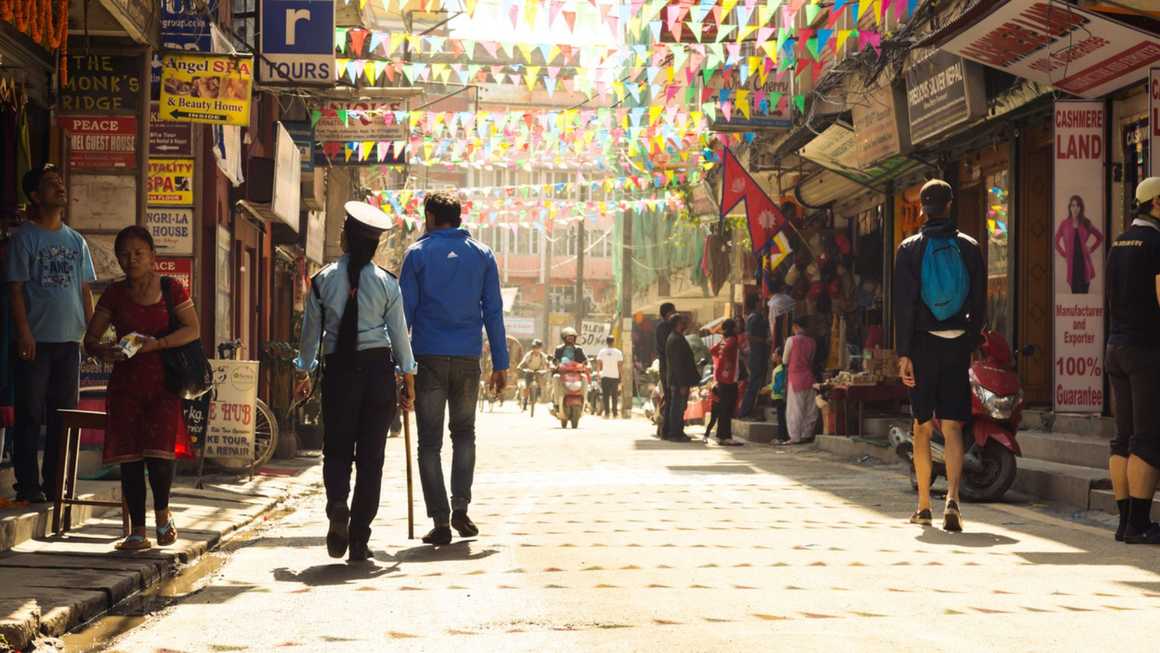
Why visit: Lift your spirits in the lively hub of Kathmandu, perfect for gear shopping, food, and nightlife.
The Thamel District is a popular area in Kathmandu, offering a lively and welcoming atmosphere for tourists.
The area contains narrow lanes filled with trekking shops, souvenir stores, cafés, restaurants, and money changers. Visitors can stock up on hiking equipment, enjoy international cuisine, and meet fellow travellers.
As the sun sets, the Thamel District turns into a hub for the city’s nightlife.
Music spills from rooftop bars and the streets glow with neon lights. Whether you want to listen to live Nepali music or dance the night away, Thamel offers something for everyone.
Thamel can feel hectic, but its energy makes it a must-visit before or after trekking. Here’s what Cass had to stay about staying in Thamel before her trip to Everest Base Camp with Kandoo:
“The International Guesthouse in Kathmandu is a beautifully peaceful haven in the middle of bustling Thamel. I'm glad we arrived a few days early and could spend some time visiting the city then retreating to such a tranquil base.” - Cass, Trustpilot.
Highlight: Wander beyond the main streets to discover quieter tea houses and family-run restaurants (like Newa Momo) that give a more local experience.
Interesting fact: Thamel, Kathmandu, was declared a vehicle-free zone in 2017 to make it safer and more pedestrian-friendly – a move that preserves its charm while reducing pollution.
Kathmandu on a plate: What to eat in the city
Kathmandu offers a diverse food scene, ranging from traditional Nepali cuisine to international flavours. Sampling local dishes lets travellers experience culture, community, and history all in one bite.
Here are the top local dishes and drinks that we recommend:
Momos
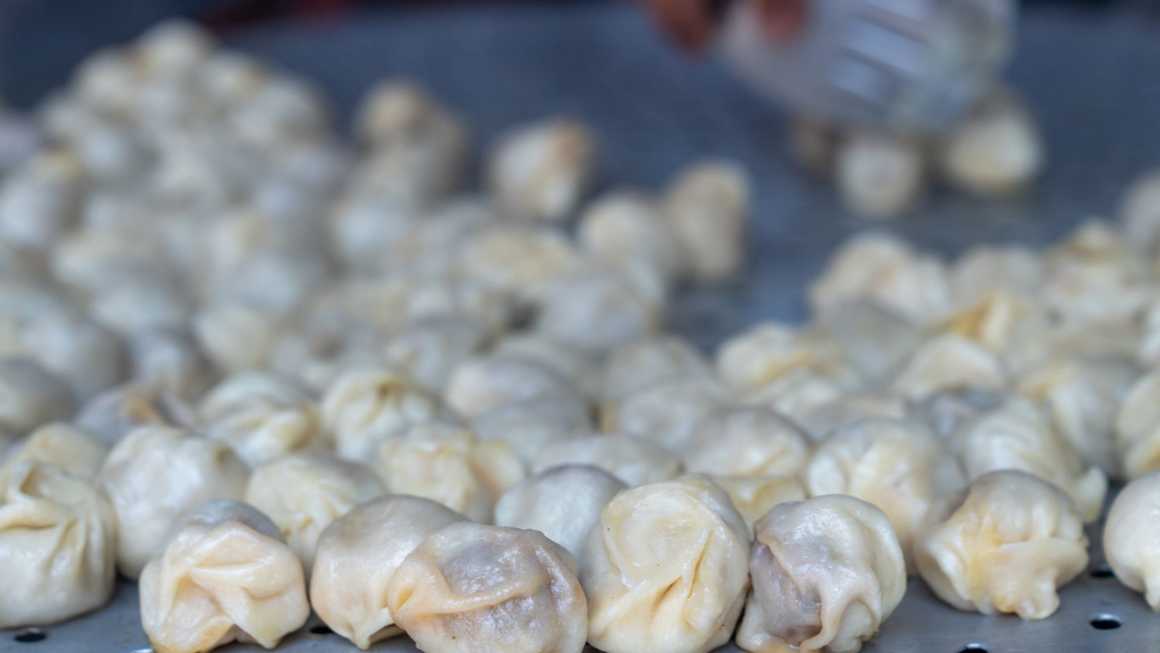
Why try: Momos are Kathmandu’s most famous street food and a must-try snack for any visitor.
Momos resemble dumplings, filled with vegetables, chicken, or buffalo, and come steamed or fried. Vendors sell them across streets, in markets, and at small cafés, making them accessible any time of day. Locals often eat momos with spicy tomato chutney, adding a flavourful kick.
Newari cuisine
Why try: Typical Newari cuisine offers bold, traditional flavours unique to the Kathmandu Valley.
The Newar people developed dishes that feature rich spices, fermented ingredients, and locally grown vegetables. Signature items include:
- Chatamari (rice crepes)
- Yomari (sweet rice flour dumplings filled with jaggery or sesame)
- Bara (lentil patties)
Visitors can find Newari meals in local eateries around Kathmandu Durbar Square or smaller neighbourhoods, offering an authentic taste of the valley’s culinary heritage.
Nepali tea and coffee
Why try: Local cafés provide a relaxed atmosphere and a taste of Kathmandu’s growing coffee culture.
Nepali tea often comes as chiya, a spiced milk tea brewed with ginger, cardamom, and other aromatics. Cafés in Thamel and near Boudhanath offer rooftop views, letting visitors enjoy a hot beverage while observing street life or stupa ceremonies.
Coffee culture is also growing in Kathmandu. Boutique cafés serve locally roasted beans, cappuccinos, and espresso drinks. Himalayan Java Coffee and Karma Coffee are a couple of specialty coffee hotspots worth checking out.
Dal Bhat
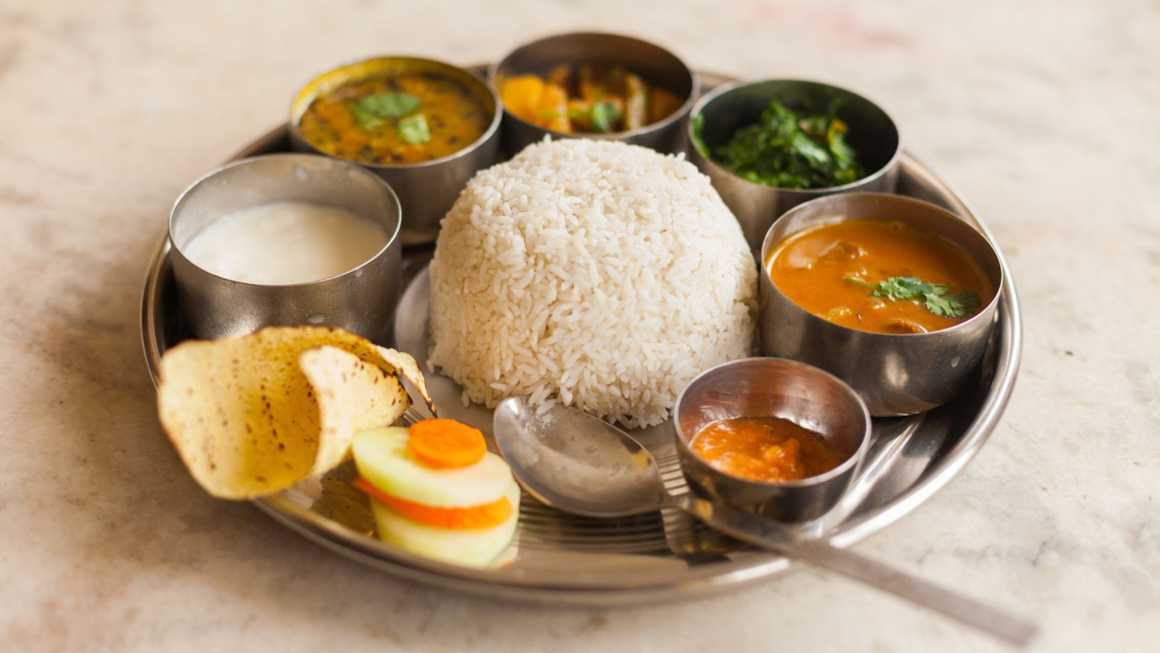
Why try: Dal bhat is one of Nepal’s staple meals, offering an authentic taste of local culture.
Dal bhat combines steamed rice, lentil soup, vegetables, pickles, and sometimes meat. Locals eat it daily, and restaurants prepare it in generous portions, making it ideal for hungry travellers. Each restaurant adds its own twist, varying spice levels, vegetable combinations, and side dishes.
Street snacks and sweets
Why try: Street snacks and sweets provide quick, tasty insights into Kathmandu’s local flavours.
Kathmandu’s food culture offers both convenience and immersion. Sampling traditional dishes, street snacks, and local beverages connects visitors to daily life, spiritual traditions, and the valley’s rich culinary heritage.
Visitors can sample samosas, sel roti (fried rice flour doughnuts), puffed rice, and seasonal fruits from market vendors. Sweet treats like jalebi and laddoo appear in festival seasons or at local stalls.
4 things to consider before exploring Kathmandu
Kathmandu offers rich culture, spiritual landmarks, and bustling neighbourhoods. To make the most of all these areas, you need to plan ahead.
Here are some key considerations when planning your trip:
1. Logistics and getting around
Why it matters: Smart travel choices save time, reduce stress, and let you explore more without missing a thing.
Kathmandu’s streets are lively and full of energy. There are motorbikes weaving between cars, buses, and pedestrians, creating a maze for the unprepared. Planning routes in advance helps you avoid traffic jams, reach key sites, and catch city views before or after your big mountain adventure.
Here are a couple of tips for getting around Kathmandu:
- Walking is often the fastest way to reach narrow alleys, bustling markets, and historic sites.
- For longer trips, taxis, rickshaws, and local buses can be practical and budget-friendly options. However, it’s a good idea to ask your accommodation for the safest and most reliable way to reach specific destinations.
Food for thought: If you’re heading to Kathmandu as part of an organised group trip, you won't have to worry about these logistics! At Kandoo Adventures, for example, we arrange airport transfers and trekking transport so you can focus on sightseeing rather than navigating chaotic streets.
2. Health and safety
Why it matters: Staying safe keeps your trip smooth, letting you enjoy every experience without interruption.
Your wellbeing is key to making the most of Kathmandu, so a few simple precautions go a long way:
- Be aware of pickpockets. Kathmandu is generally safe, but crowded areas are prime spots for pickpockets. Keep valuables discreet, use a money belt, and stay alert in tourist hubs.
- Eat from reputable vendors. Street food is delicious, but stick to clean, reputable vendors to avoid stomach issues. Always drink bottled or filtered water and avoid ice in areas with uncertain water quality.
Heading out with Kandoo means you can relax knowing your travel safety is in expert hands.
Our qualified guides follow strict safety protocols for every situation, from navigating busy city streets to trekking at higher altitudes. They’re trained in first aid and mountain safety, ready to handle anything from minor illnesses to altitude sickness.
Here’s what Daniel had to say about climbing Everest Base Camp with Kandoo:
“We had a small group which was perfect and our guides were really knowledgeable and friendly. I struggled at certain parts of the trek but they kept me motivated and I felt reassured that they were observing my health closely. Highly recommend the trek and Kandoo!” - Daniel, Trustpilot.
With Kandoo, you can focus on adventure and discovery while your guides look after your health every step of the way.
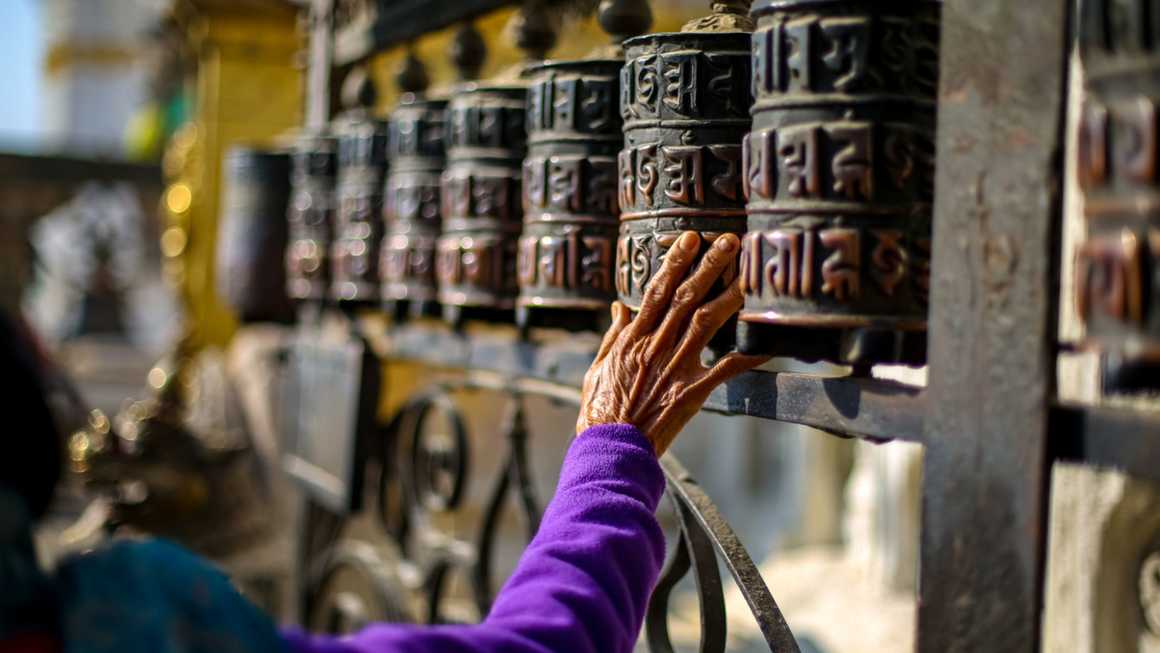
3. Culture and etiquette
Why it matters: Respectful behaviour opens doors to authentic experiences and positive connections with locals.
Kathmandu is a blend of Hindu, Buddhist, and Newar traditions. Dress modestly at temples, remove shoes before entering sacred spaces, and walk clockwise around stupas and shrines. Ask permission before photographing locals, especially monks or sadhus, to show respect.
Engaging with guides can also reveal hidden stories and lesser-known sites, giving you a deeper, more meaningful experience of the city. Find out more about the benefits of a guided trek!
4. Rest and recovery
Why it matters: Staying rested keeps your energy up, helps with altitude adjustment, and ensures you enjoy every adventure.
Kathmandu’s bustling streets and busy markets can be overwhelming after a long flight. Spending a night or two resting, hydrating, and preparing for trekking or further exploration.
Balance sightseeing with downtime, choose comfortable lodging, and pace your city adventures. These steps keep you refreshed and ready for your Himalayan adventure!
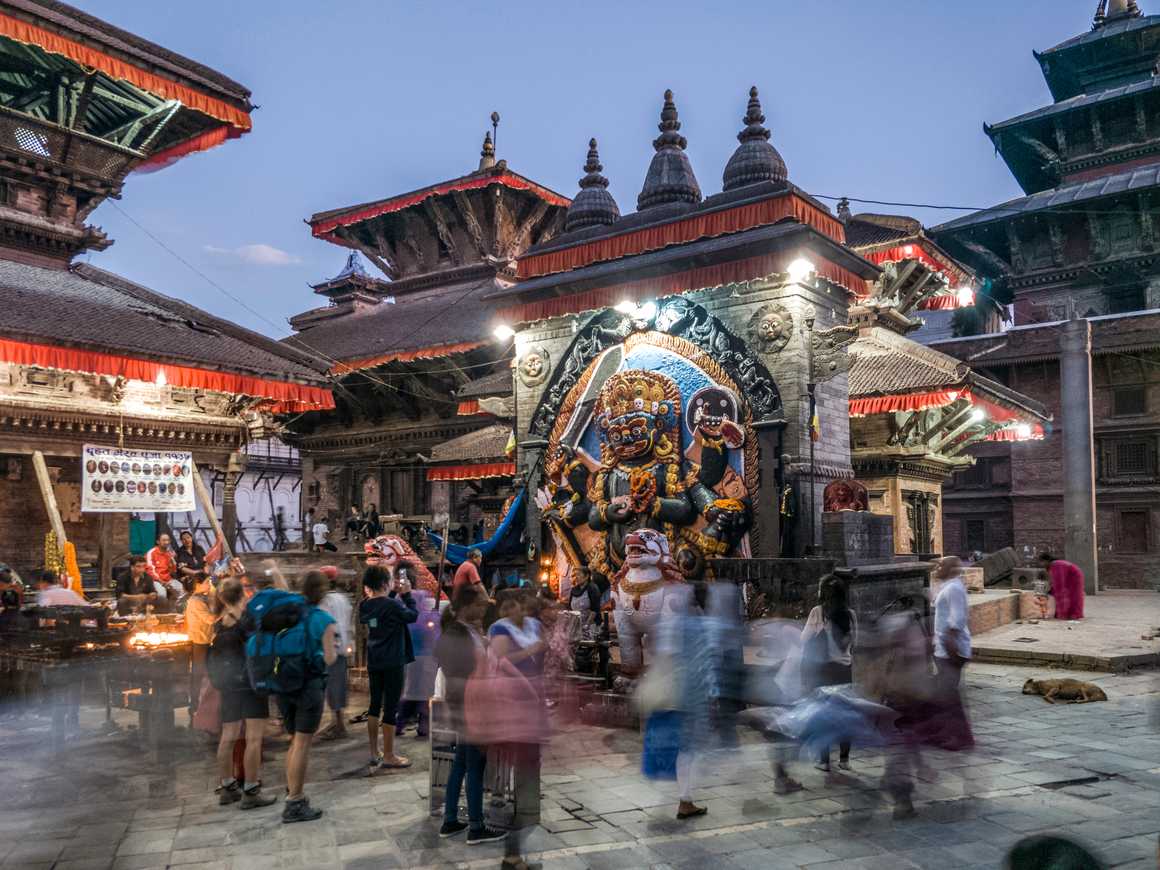
FAQs about Kathmandu
Where is Kathmandu?
Kathmandu is the capital city of Nepal, located in the central part of the country. The city serves as the political, cultural, and economic hub of Nepal and is known for its rich history, vibrant markets, and historic temples.
Where is Kathmandu Valley?
Kathmandu Valley is a bowl-shaped region in central Nepal that includes Kathmandu, Bhaktapur, and Lalitpur (Patan). The area is surrounded by hills and is famous for its cultural heritage, historic architecture, and UNESCO World Heritage Sites.
What is the elevation in Kathmandu?
The altitude in Kathmandu is approximately 1,360 meters (4,462 feet) above sea level.
When is the best time to visit Kathmandu?
The most popular times to visit are spring (March until May) and autumn (September through to November). During these months, the weather is mild, the skies are generally clear, and trekking conditions are ideal. Summer brings heavy monsoon rains, while winter is colder but much quieter for sightseeing.
Side note: The weather of Kathmandu Valley can change fast because of its proximity to mountainous terrain. Although spring and autumn typically offer the best weather, it’s not guaranteed! Find out more about when to go to Nepal.
What is the population of Kathmandu city?
Kathmandu city has a population of roughly 1.7 million people.
Kathmandu city has a population of roughly 1.7 million people.
Should I spend time in Kathmandu before my trek?
Yes! Spending a few days in Kathmandu before or after your trek allows you to:
- Adjust to the time zone before heading into the mountains
- Explore Nepal’s culture and heritage sites
- Pick up or hire any last-minute trekking gear in Thamel
- Meet your guides and fellow trekkers before the adventure begins
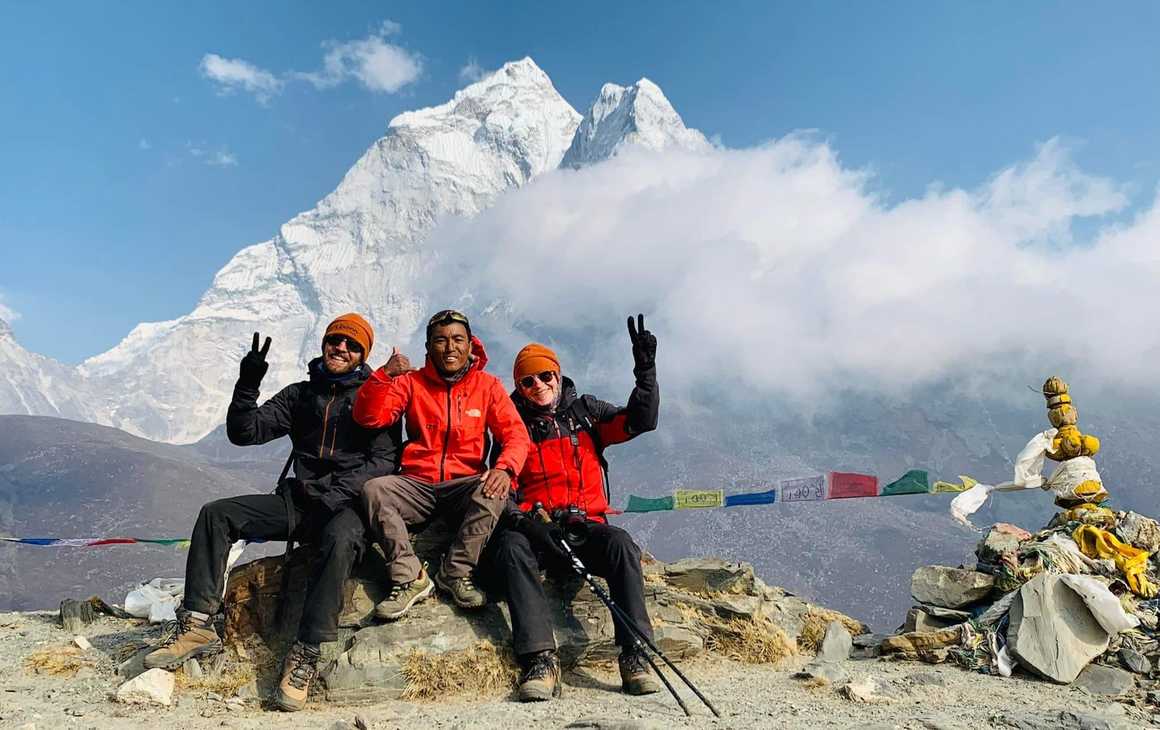
Kathmandu and beyond: Your gateway to Nepal
Kathmandu is a vibrant mix of culture, history, and bustling neighborhoods. Spending a few days in the city helps with acclimatisation, sightseeing, and gearing up for trekking adventures in the Himalayas.
Book your trek with Kandoo Adventures and we’ll help you balance city exploration with your mountain journey. From permits and transfers to guided tours, we make sure you get the best of both worlds – the magic of Kathmandu and the thrill of the Himalayas.
